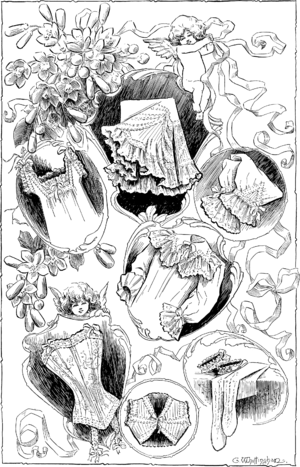I’ve been a happy customer of Netflix for quite some time. Being able to watch whatever I want whenever I want, and binging on my favorite shows is great; I feel as if I have my own movie theatre/TV station.
But yesterday, Netflix had an uncharacteristic epic marketing failure. Their subscribers are in an uproar (and rightly so).
New pricing failure
You see, Netflix just announced a new pricing plan, which essentially increases the cost of the service by 60% (with no new benefits of any kind). They want to separate streaming and DVD viewing into two separate services, with separate fees.
Either you pay more, you give up streaming (convenient, but limited selection), or you give up DVDs by mail (slow, but much larger selection).
Almost worse, the name they chose for the streaming service is… .unfortunate.
Netfilx is a great company, but in this case they’ve failed basic marketing 101
Marketing 101
- If you increase prices, give more value; especially if the increase is this large.
- Tell your customers first – then send a press release.
- Don’t end your blogger (?!) blog post by reminding people they can cancel at any time. Yep, that’s what I’m going to do, because you just told me you don’t care at all about my business.
- If you’ve got bad news, don’t pretend it’s good news (or, don’t pee on my leg and tell me it’s raining).
- Soften the blow to your loyal customers by grandfathering them in, or giving them something extra (a better plan at the higher price?)
- Remember that your loyal customers got you where you are today (don’t get them mad -5000 comments on the blog so far and 32,194 on Facebook).
- Don’t drink your own Kool-aid – this kind of decision may look good to brokers and bean counters – but the customers pay the bills (no subscribers, no income)
What do you think? What could Netflix have done better? Do you have Netflix? Will you keep it?
Update: Just saw this post by Derek Halpern of Social Triggers on the right way to raise prices.





